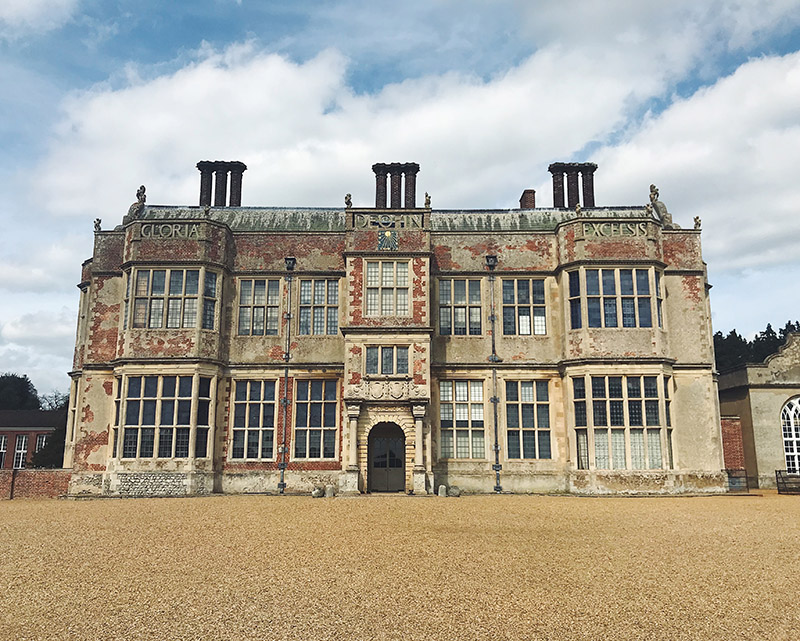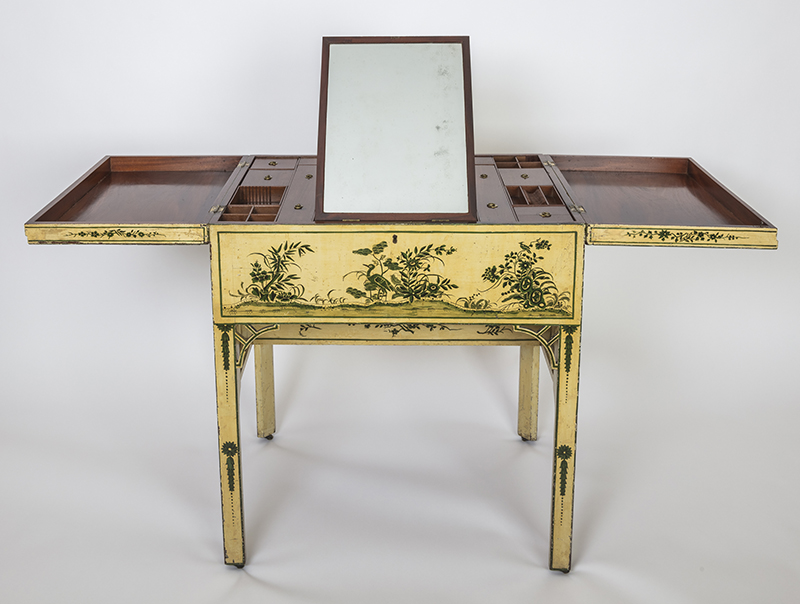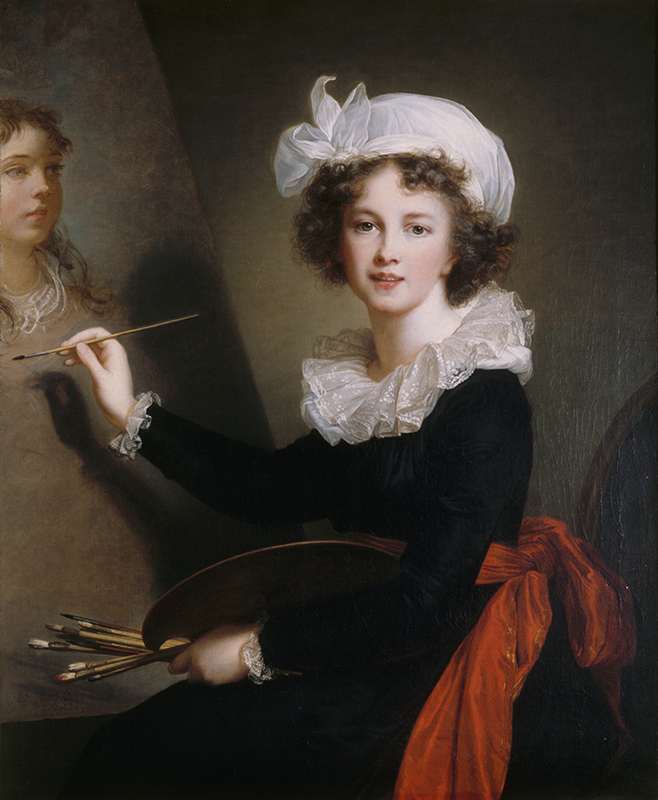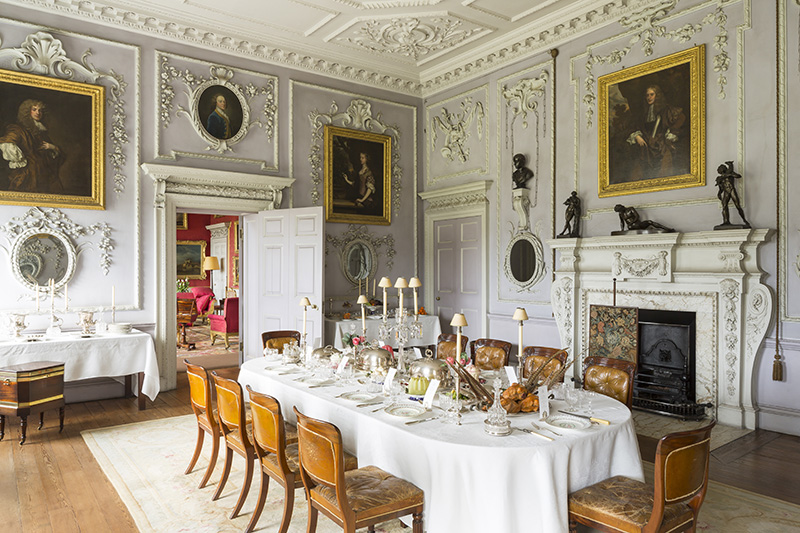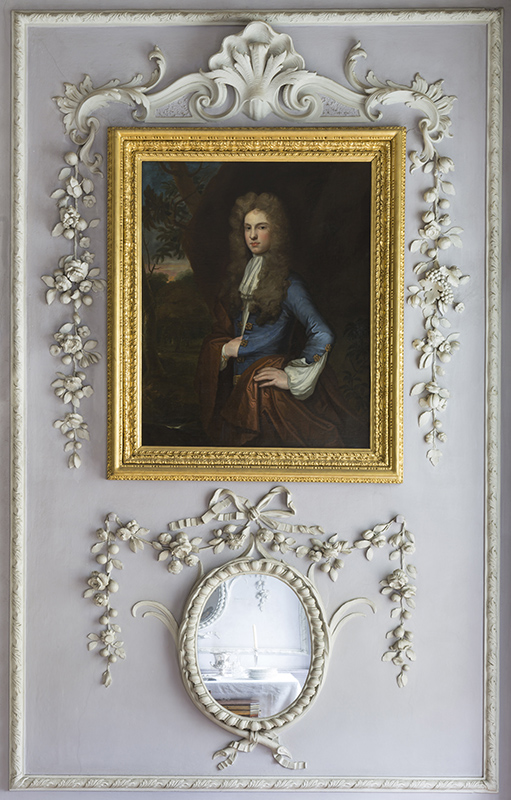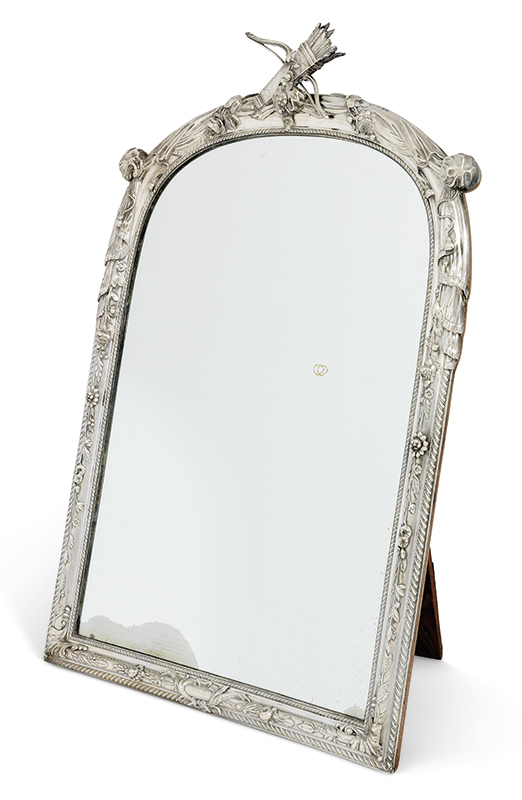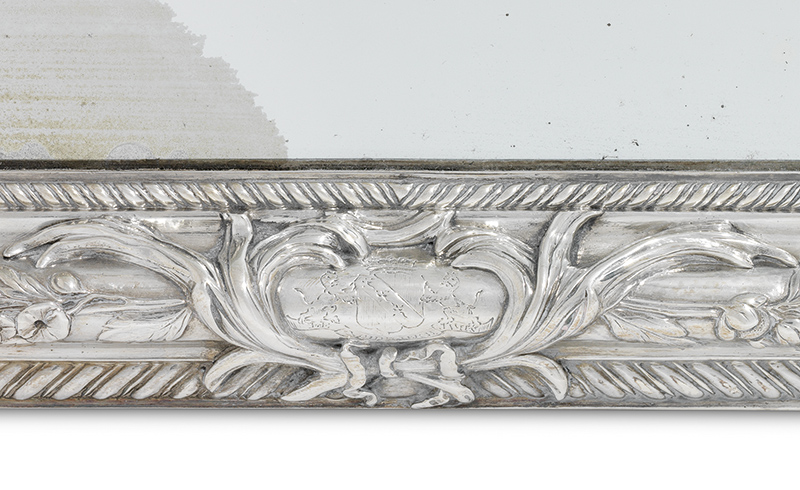A Few of My Favorite Things
by Louisa Brouwer
In the career of a curator, there are certain historic milestones one never forgets, despite the inevitable challenges and triumphs that follow any dedicated profession in the arts. For me, these bright spots of promise can be recalled even today almost as strongly as when they first happened: an acceptance letter welcoming me to the Winterthur Program in American Material Culture, Class of 2011; my first job as the Curatorial Intern at Fairfax House in York, England, generously supported by the Decorative Arts Trust; and an invitation asking if I would like to write about my favorite National Trust object for Country Life earlier this year.
We all have certain professional aspirations that somehow signal a state of arrival. These opportunities include landing your first permanent job, as when I joined the National Trust as a Curator for the East of England in 2018, as well as small gifts, like 100 words about a favorite object for the hallowed British publication.
Thus, I am delighted to expand on that Country Life cameo and feature a few more of my favorite things. As a Curator for the National Trust, whittling down a collection of well over a million objects into a favored few is no small task. In the East of England region alone, we look after some of the most important houses and collections to be found anywhere in the world, from palatial Italianate buildings like Ickworth House in Suffolk to remote, romantic country piles on the Norfolk coast, such as Felbrigg Hall (figure 1). My portfolio, which stretches across Cambridgeshire, Suffolk, and Norfolk, contains within it some of the great treasures of the National Trust.
The object I chose to feature in Country Life, an issue celebrating the National Trust’s 125th anniversary issue, had to be one of the great masterpieces of Chinoiserie design: the Garrick dressing table, part of a green and white Japanned suite made by Thomas Chippendale for the actor David Garrick c. 1775 (figure 2). Commissioned especially for Garrick’s villa in Hampton on the banks of the River Thames, this table formed part of a magnificent green and white bedroom set that included a pair of cabinet bookcases, a corner cupboard, two press cupboards, and a bed, some of which are now owned by the Victoria & Albert Museum in London.
What is most captivating about Chippendale’s design for the Garrick’s best bedroom suite, however, is the rare and delightful green and white lacquerwork ornamentation. The epitome of lighthearted Chinoiserie design, the table features mirthful scenes of figures, pagodas, abounding foliage, and exotic birds set within a bucolic landscape. Nearly every inch of the table is adorned: from the front, sides, top, and back to the legs with flower head medallions and bell flower drapes. This object was clearly meant to be admired in the round, and would have perfectly suited a villa designed for entertainment and escape.
The table was also a highly fashionable object for a highly fashionable couple, even though the voguish ornamentation did come at a cost. Writing to Chippendale in 1778, Eva Garrick complained that the green and white bedroom furniture was overpriced, the decoration costing “twice as much as the furniture itself.” When the collection was finally sold from the villa in 1864, descendants and admirers of the famous actor were quick to purchase items from
the suite, thus sadly breaking it up. This dressing table is known to have come onto the London market in 1953 and was acquired by Huttleston Broughton, 1st Lord Fairhaven, for Anglesey Abbey in Cambridgeshire, where it has remained ever since, still one of the most fashionable items in a very well-appointed house.
Just over 15 years after Chippendale produced his Chinoiserie bedroom suite for the Garricks, another artist was at work on one of the most iconic paintings now in National Trust hands. A jewel in the crown of Ickworth House, my second favorite object is the arresting self-portrait of the French artist Élisabeth Vigée Le Brun, produced in Naples in 1791 (figure 3). You have likely seen her image before: a woman, turned confidently to one side, facing us head-on with a coquettish, confident gaze, her lips slightly parted. A white turban rests foppishly on top of her curly head of hair, while an arresting red sash punctuates the lower corner of the canvas.
But what is most remarkable about this painting is not in how the sitter is portrayed, but in what the sitter is doing. She is active, engaged and in control, a palette and brushes in her left hand while she paints the face of a young girl (said to be her daughter Julie) with her right hand. Here, Vigée Le Brun is both artist and sitter, an unusual convention for the late 18th century, but even more so for a female practitioner.
Madame Le Brun, however, was no ingénue. By the time she painted this portrait she was, at 36 years old, the favored portrait painter of Marie Antoinette and the Ancien Régime, and widely patronized by aristocrats across England and Europe. This autographed portrait, a variant of one in the Uffizi, was commissioned by Frederick Hervey, 4th Earl of Bristol for Ickworth, his Italianate home in Suffolk. The painter and patron were acquaintances and moved in the same aristocratic circles, underscoring Madame Le Brun’s political power in the late 18th century, an influence that was matched only by the mastery of her craft.
Nestled away in sleepy Norfolk, another great house lays claim to some exceptional works of art. Felbrigg Hall, the smaller but no less glamorous sister to the nearby Blickling Estate, features fine Jacobean architecture and largely undisturbed Georgian interiors, including the remarkable Cabinet Room, one of the best-preserved Grand Tour show spaces in England. The home’s owner, William Windham II, designed the gallery in the late 18th century to display collectibles and treasures acquired abroad. As celebrated as this room is, however, another space at Felbrigg Hall lays claim to be my favorite room in all of East Anglia: the colorful and jovial Dining Room, clad in its unusual, sugarspun hue of pale lilac (figure 4).
Designed by architect James Paine in 1752, the Dining Room features Rococo elegance at its best. Above the doors and dadoes, and surrounding the many family portraits (figure 5) on the walls and built-in oval mirrors, are exuberant swags of fruits, flowers, shells, and ribbons. Unusually, the walls are also adorned with painted lead chains, an allusion to the fetterlock badge of the Windham family. On the ceiling, the plasterer Joseph Rose the Elder was employed to create sinuous Rococo scenes following traditional dining room imagery. Hunting abounds, as do figureheads symbolizing the harvest of the seasons.
Despite what some might label as “maximalism” today, what is most striking about the Dining Room at Felbrigg is the wall color. The pale lilac, a hue unlike any found elsewhere in England, is thought to be the original and would have alleviated the sombre grandeur of the portraiture on the walls. Records indicate that the room was redecorated in 1824 by a Mr. Dixon of Norwich, with his detailed painter’s bill covering plaster moldings, doors, dadoes, and window surrounds, but not the walls. Perhaps British art historian Brinsley Ford, who visited Felbrigg Hall in the 1950s, put it best when recalling his evening of dining on lobsters, broad beans, and red-currant pie in this magnificent room, writing acerbically: “The food was not as imaginative as the decoration.”
Finally, the work of augmenting and enriching the collections of the National Trust continues to this day. In 2019, the Trust secured for Ickworth House a remarkable silver-framed looking glass of 1777–78, marked for the preeminent London goldsmith, Frederick Kandler (figure 6). Engraved with the arms (figure 7) of Augustus Hervey, third Earl of Bristol, this mirror must have been a gift from the Earl to his mistress and companion, Mary Nesbitt, and probably formed part of a larger dressing or toilet service. Such services were strongly associated with marriage, and the existence of the looking glass is redolent with meaning in the context of the histories of the third Earl and Mary, who were never able to wed due to his rather complicated love life. Augustus Hervey was bigamously married to Elizabeth Chudleigh, the Duchess of Kingston, in one of the most scandalous affairs of the day. The phrase famously penned by Lady Mary Wortley Montagu that the human race “could be divided into three types of people: Men, Women and Herveys” certainly rang true!
Previously forming part of the silver collection of Drue Heinz, a major British-born American philanthropist and collector, the mirror resurfaced at Christie’s in London after over 130 years in private ownership. Research then began in earnest alongside the National Trust’s Decorative Arts Curator and Silver Specialist James Rothwell, to ascertain the history and provenance behind this exceedingly rare object. (The glass is the only one by Kandler known to survive.) The Ickworth looking glass is of the highest quality, as might be expected from one of the foremost London goldsmiths and designers of the period, and its combination of elements that are stylistically both retardataire and of the latest fashion is a reflection of the complex symbolism of dressing services in 18th century Europe. A more in-depth analysis of this exciting acquisition is discussed in the September 2020 issue of the Burlington Magazine, in an article that I authored with James.
This opportunity to reflect on what I cherish most in my curatorial role with the National Trust throws into even sharper relief the importance of early support and professional encouragement. My year at Fairfax House in York as the Decorative Arts Trust Curatorial Intern was not only my first step into a museum career but an essential stepping-stone in my future professional development. As I wrote at the time, my year as a Trust Intern provided me with “a rich diversity of experience that can only be achieved in the focused but ambitious work environment of the small house museum.” To this day, although the houses and collections I look after have grown in scale, I still rely on those very same skills and experiences provided to me by the generosity of the Decorative Arts Trust, and commend the important work the organization does to make professional passions a reality.
Louisa Brouwer is a Curator for the East of England for the National Trust. She will help lead the 2022 Study Trip Abroad to East Anglia and is a former Decorative Arts Trust Curatorial Intern.
A print version of this article was published in The Magazine of the Decorative Arts Trust, one of our most popular member benefits. Join today!

